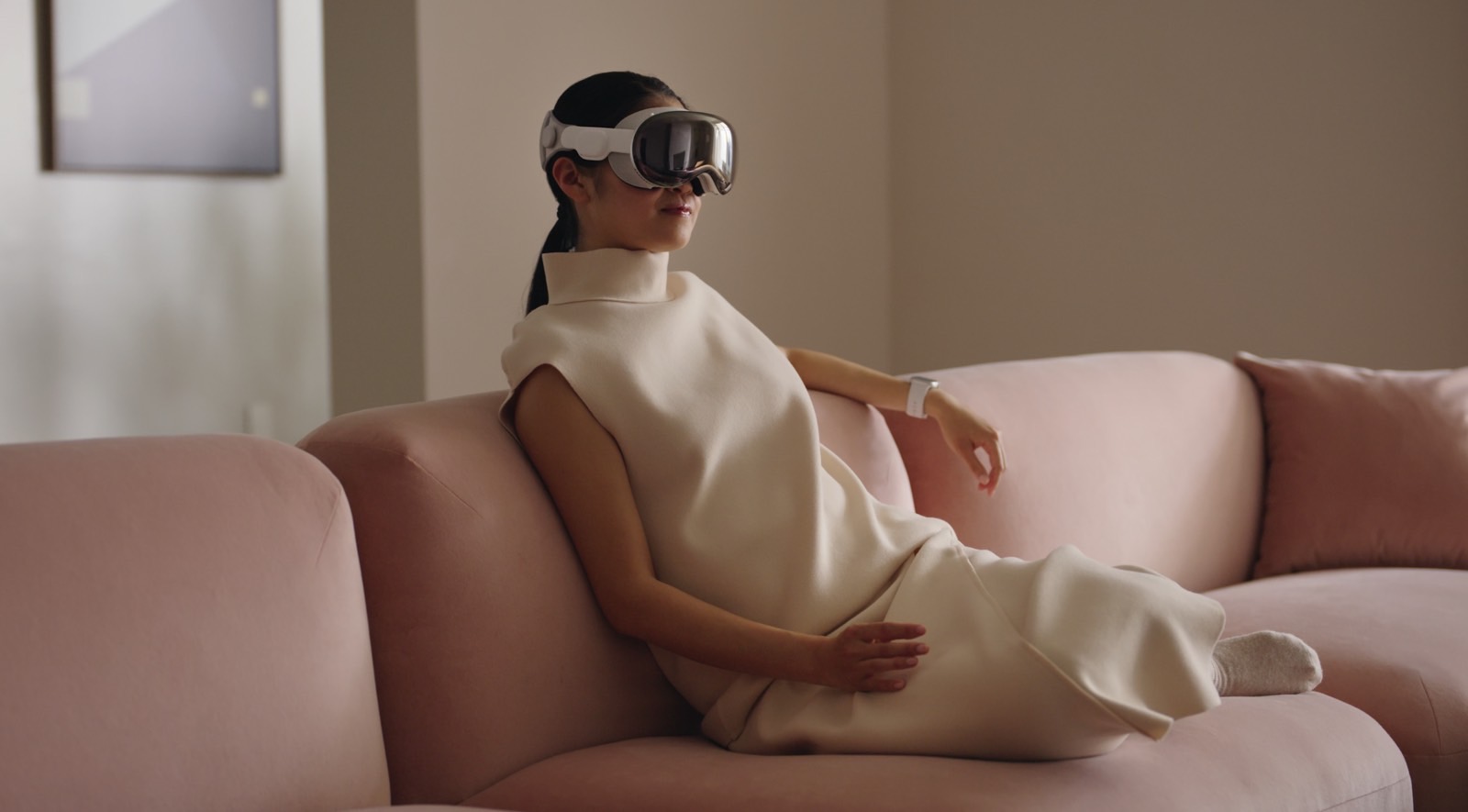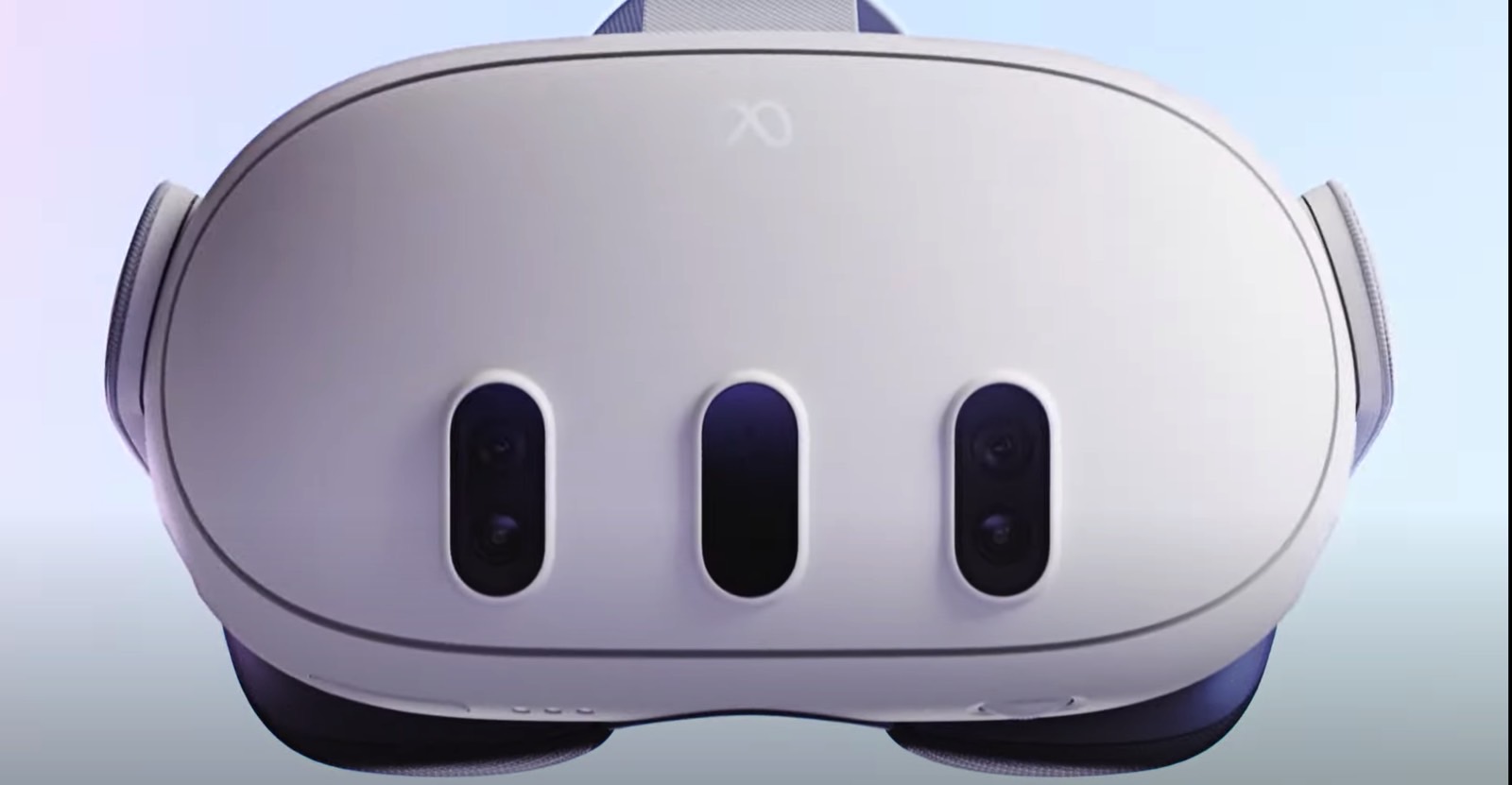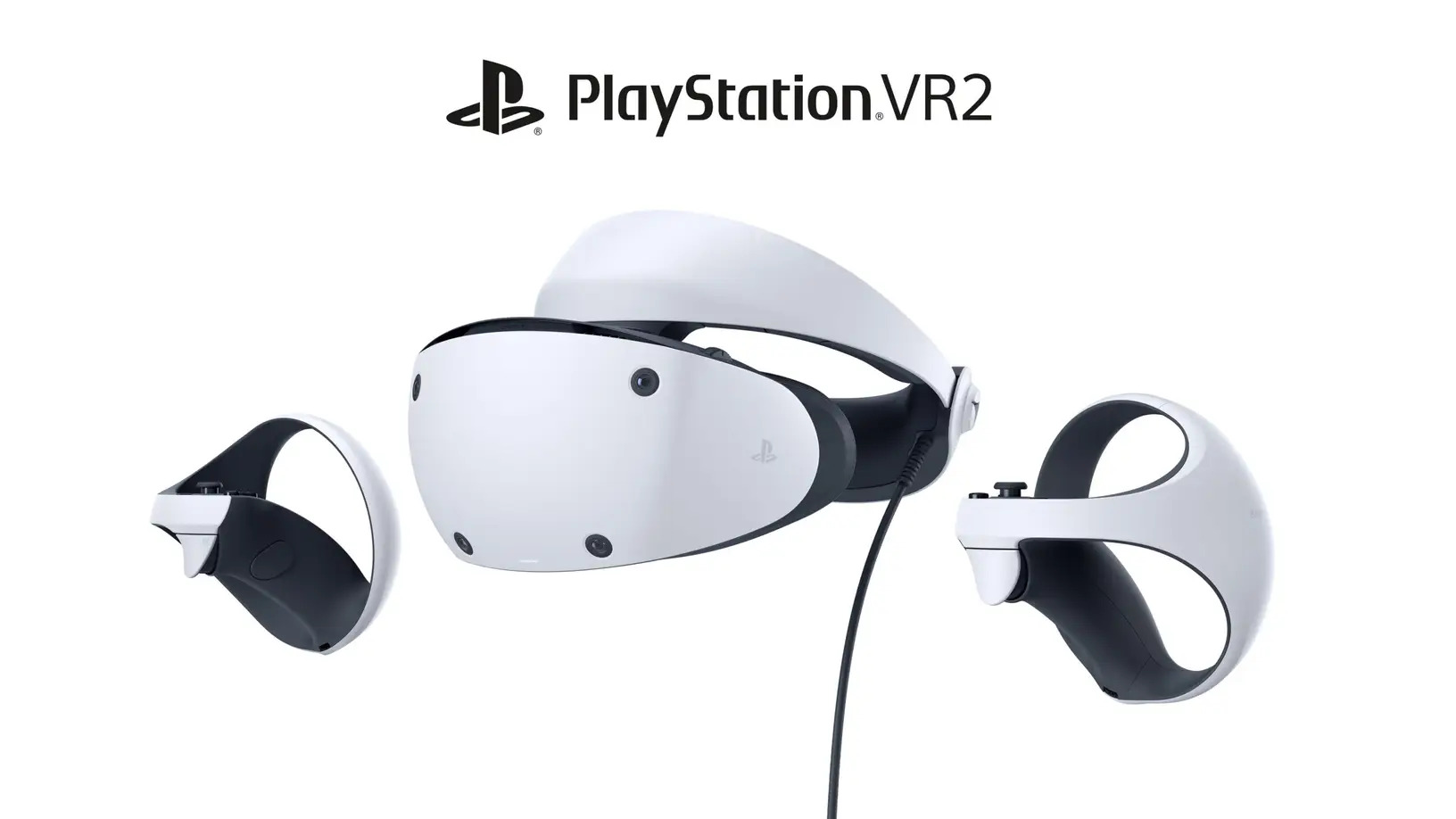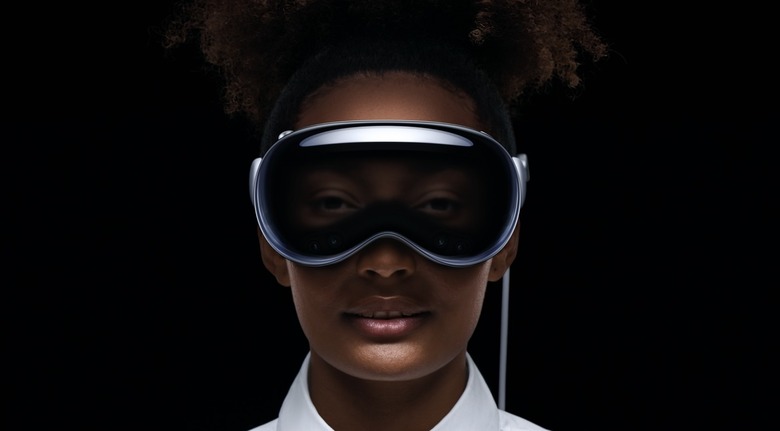Stop Comparing Apple's Vision Pro To Regular VR Headsets
Apple unveiled the Vision Pro headset on Monday, dedicating a large portion of its WWDC 2023 presentation to the new computing device. After revealing the amazing technology that makes the Vision Pro possible, Apple revealed the price tag. At $3,499, it's even more expensive than I thought it would be. And unsurprisingly, many people have started criticizing the device by comparing it to cheap VR headsets and failed alternatives from the competition.
Specifically, some of these comparisons liken the Vision Pro to all the VR headsets that preceded it, which failed the make VR go mainstream. But this comparison has to stop. Vision Pro is not supposed to be a VR headset, and Apple doesn't label it as such anywhere. The Vision Pro is Apple's first "spatial computer," which sounds fancy. But it's true. And it's unlike any of the devices you might have seen or used in the past.
If anything, Microsoft, Meta, Samsung, Google, and Sony might all be looking at ways to make something similar right now.
The Vision Pro runs a new operating system, visionOS, and is powered by the M2 System-on-Chip Apple introduced last year. That chip also powers the MacBook Air models, including the 15-inch version unveiled at WWDC this week, as well as the legacy 13-inch MacBook Pro.

No other AR/VR system can put a MacBook on your head. The competition doesn't even have the chips to do it, let alone the software and design chops. visionOS, by the way, runs all iPad apps in AR.
Moreover, Apple's focus is augmented reality. That much is clear from watching the WWDC 2023 keynote. This is the precursor of a future wearable that will shrink down to the size of a pair of eyeglasses. And those devices will be able to deliver similar spatial computing experiences.
The Apple AR Glasses of the future might work in tandem with an iPhone at first. Or they'll be standalone devices once Apple solves the obvious problems. It needs to shrink down components and significantly reduce power draw.

Back to the Vision Pro, "VR" or "virtual reality" terms don't appear at all on Apple's website, whether it's the press release or the official Vision Pro web page. To be fair, neither does "AR," but everything Apple did during the presentation was to emphasize augmenting reality with the help of digital overlays, whether it's for fun or productivity.
The only cases where you might be immersed in virtual reality concern entertainment. Even then, you'd need to manually darken the passthrough video to focus on the cinematic experience or gaming.
Also interesting is the fact that Apple didn't focus on gaming, which is a huge part of the VR headset market. It's one of the reasons we've had VR for so long without it really going mainstream. Apple mentioned its Apple Arcade games, but they can't be compared to console games.

But have you noticed all the recent gaming announcements surrounding Apple's M-series CPU? Gaming is coming to the Mac. And that means versions of those games, including true VR games, might come to the Vision Pro.
Had Apple wanted to make a big deal about VR games, it would have brought on developers to showcase such experiences. On that note, I still expect VR games to evolve and take advantage of the Vision Pro hardware and software. It's only a matter of time.
Again, the Vision Pro is the best possible computer that Apple can put on your face right now. And the smallest one. But just because it looks like a duck and walks like a duck doesn't mean it also quacks like one. The VR headset design is a compromise. But the ski goggles form factor is the only possible design Apple could have gone for given the current tech restraints.
Finally, I predict every other company that has been even remotely interested in the AR/VR industry will copy Apple. And their focus will not be VR, even though their devices will still look like VR headsets.
